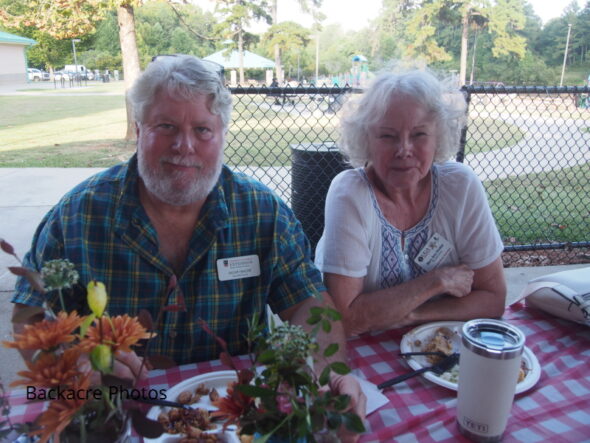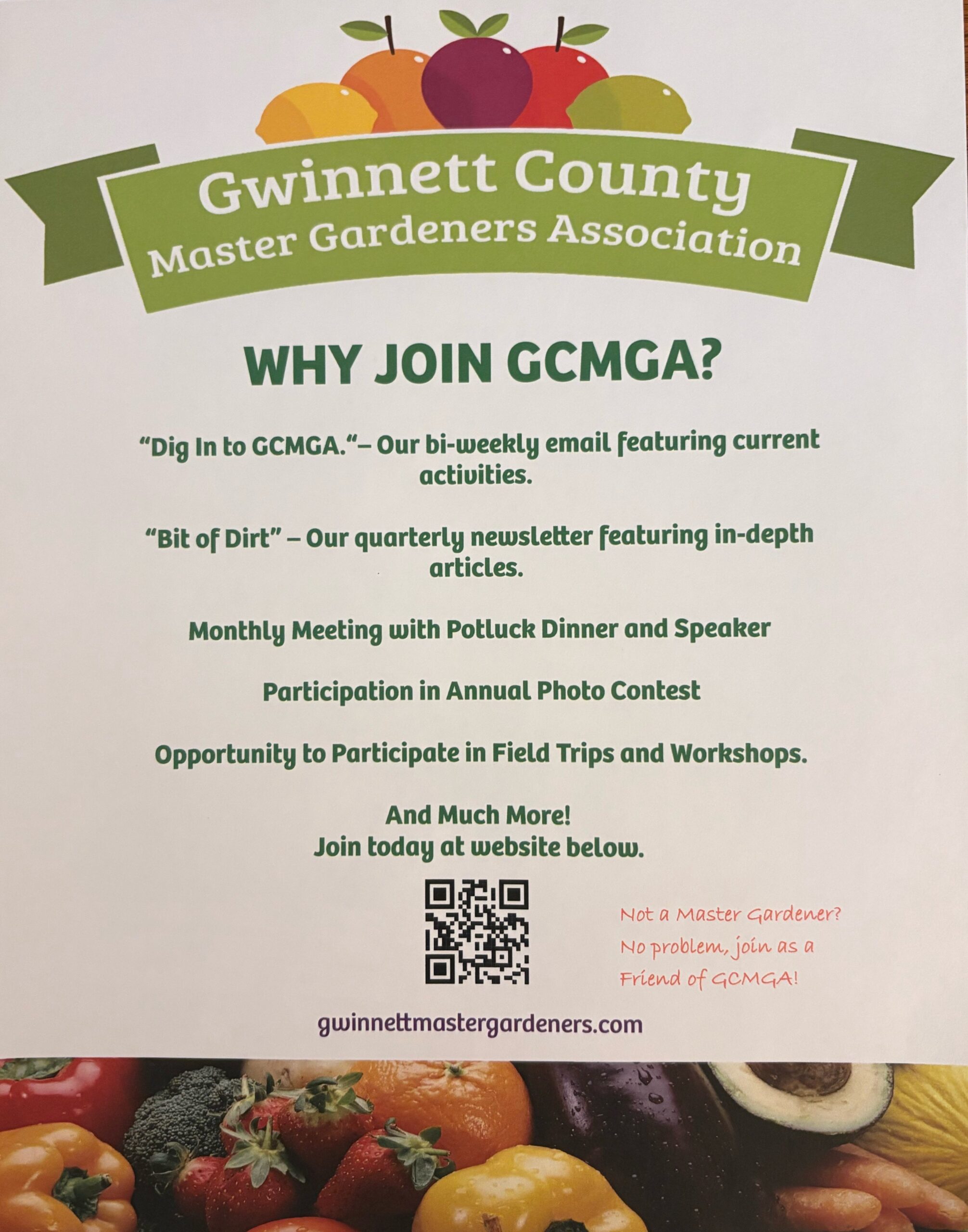We are gardeners and are a unique group of people who love all kinds and types of plants and relish digging in the dirt. We became Master Gardeners to improve our knowledge and do better in our own gardens. Part of being a certified Master Gardener is the requirement to volunteer each year – somewhere within our county – in some way – and give a few hours of our time. For many, the enjoyment of being a Master Gardener is learning from each other and sharing what we’ve learned and know with the other folks. At our recent garden tour, with our members serving as docents in the participating gardens, we had the opportunity to share our gardening knowledge with those visitors. Our volunteer docents, wearing aprons and badges to identify themselves, masked and practicing social distancing due to the pandemic, relayed unique information about each of the seven…


